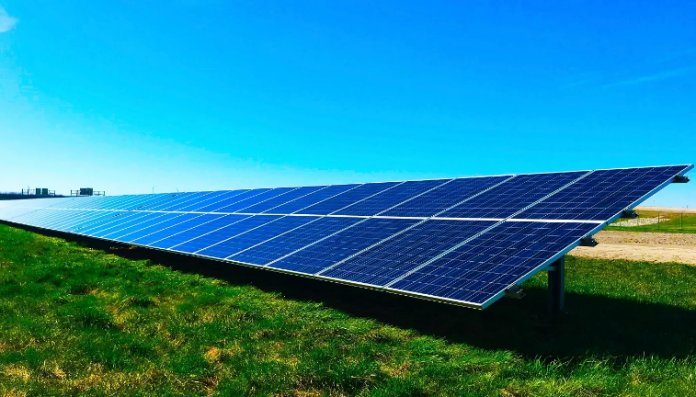Axfood has long been engaged in the issue of solar panels and has an objective of putting at least 40 solar panel installations into operation by 2025 at the latest. At the end of last year, Axfood had built both Sweden’s largest roof-mounted solar panel installation at its new warehouse in Bålsta and a large solar panel installation at its new fruit and vegetable warehouse in Landskrona. In partnership with Alight, Sweden’s largest onshore solar park is now being built in Hallstavik.
“While we have our sights set on continuing to reduce our climate impact, we want to promote an increase in the amount of renewable electricity in the market. That is why, over the short term, we have presented three major investments in solar panel facilities,” says Klas Balkow, President and CEO of Axfood.
The solar park in Hallstavik has been issued a permit and will encompass approximately 92,000 solar panels over an area of 71 hectares, corresponding to 101 football pitches. The total installed capacity will yield approximately 63 GWh of power, which corresponds to the annual electricity consumption of just over 12,600 normal-sized households. The plan is to put the solar park into operation in the spring of 2024.
“Access to greater amounts of renewable electricity in the market is crucial for the green transition and Sweden’s possibilities for delivering on its climate targets,” says Åsa Domeij, Head of Sustainability at Axfood.
Axfood and the supplier Alight are partnering through a power purchase agreement (PPA) under which Alight will own, construct, install and manage the operation of the facility, while Axfood undertakes to purchase green electricity equivalent to the amount produced for a minimum of 12 years. The investment in the solar park in Hallstavik replaces the previously planned solar park in Skåne, which has experienced delays in its permit process. One of the advantages of the park in Hallstavik is that it is being constructed on low-value agricultural land.
In order to preserve and improve biodiversity and the habitat for local species, a plan has been developed for the location where the solar park is to be built. The plan includes measures such as planting meadow vegetation, creating sand beds for solitary bee species, and habitat piles.






